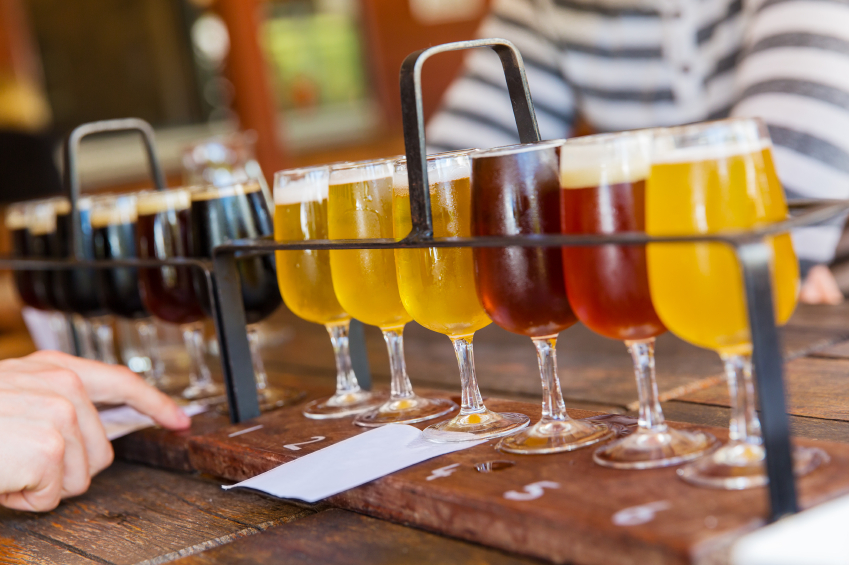
Indie brewers unveil economic data

Selection of indie beers.
Independent brewers generate $740 million in annual economic output, according to a landmark economic report prepared for Independent Brewers Australia.
The Independent Brewing Industry National Economic Evaluation was released on July 4, American Independence Day, which the association has rebranded tongue-in-cheek as ‘Australian Independent Brewers Day’.
According to the report, there were a total of 379 independent brewing businesses in operation across Australia in 2015/16, comprising 84 contract brewers, 194 nano brewers, 77 micro brewers, 16 regional brewers and two national brewers.
“On a national basis, the independent brewing sector supported an estimated 2,390 full-time equivalent (FTE) jobs in 2015/16,” says the report, prepared by Melbourne consultancy Essential Economics.
“A further 17,210 FTE jobs are supported indirectly in the local and wider economy through the activities of the independent brewing sector.”
IBISWorld researchers have previously estimated that economic output of $310,000 per direct FTE job can be attributed to the independent brewing sector.
“Applying this value to the estimated number of FTE jobs in the sector (2,390 FTE jobs) shows an annual economic output of approximately $740 million was generated by Australia’s independent brewing sector in 2015/16,” Essential Economics said.
Robust data: IBA
The report was informed by a survey of independent brewers undertaken by Survey Matters late last year that wasfully completed by 116 respondents out of a circulation of 325 businesses, representing a 32 per cent response rate.
While this level of participation may look less than stellar, both consultancies have advised IBA that it is fairly typical of most industries, IBA executive officer Chris McNamara told Brews News.
He said the experts were happy with the distribution of responses across the different-sized breweries.
“They said, that’s the reality of most of these surveys, you generally land in that 30 to 40 per cent response rate,” McNamara said.
“It still gives you robust numbers. But I’d certainly love to see us get a much higher response rate.”
Regional contribution
The report found that 65 per cent of independent breweries are located outside of capital cities, which McNamara said puts paid to media stereotypes that microbrewed beer is the domain of urban hipsters.
“The reality is we’re spread right across the country from Port Douglas to Bruny Island now, and everywhere in between,” he told Brews News.
“So it’s definitely not an inner suburban thing, and I don’t think it ever has been.
“Look at how long Grand Ridge has been going and how long Holgate and Bridge Road have been going – any of those guys. They’re all out in rural and regional areas,” McNamara said.
Excise campaign
Independent brewers paid approximately $74 million in alcohol excise duties in 2015/16, the report says, and IBA has today launched a campaign asking the Federal Government for a fairer tax system.
Current excise rates were the key constraint to growth identified by breweries on an industry-wide basis, with 53 per cent of survey respondents identifying this factor.
“Craft brewers pay approximately 25 per cent of their total revenue as excise – a tax that is imposed as soon as the beer leaves the brewery, whether the brewer has been paid for it at that point or not,” commented Burleigh Brewing Co owner Peta Fielding.
A range of possible excise reforms to assist the sector are explored in the report, such as:
- increasing the brewery tax refund, to allow operators to reduce costs and reinvest in their business;
- indexing the brewery tax refund to ensure the refund aligns with increases in excise rates;
- extending the excise settlement period to allow business to better manage cash flow; and
- lowering the excise rate on 30 litre kegs, which will improve workplace health and safety outcomes, reduce shipping costs and allow greater flexibility in supplying smaller hospitality venues.
Look out for a full interview with Chris McNamara on Radio Brews News later this week.



